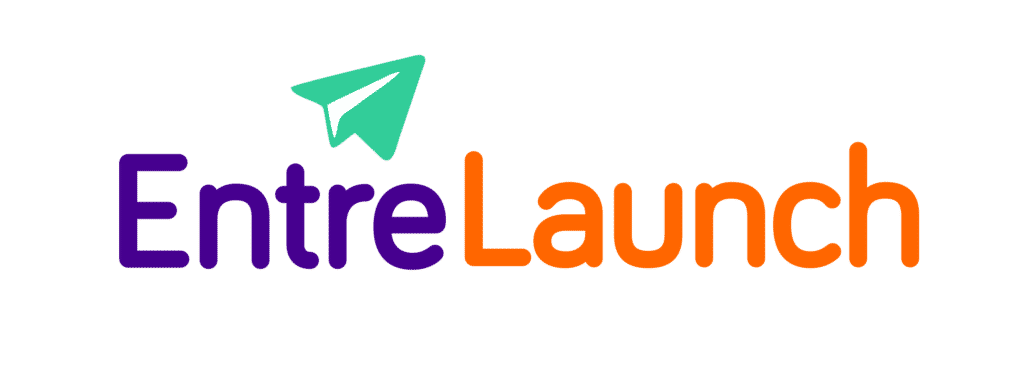Marketing Funnels
Creating the Marketing Funnel
One day Alice came to a fork in the road and saw a Cheshire cat in a tree.
‘Which road do I take?’ she asked.
‘Where do you want to go?’ was his response.
‘I don’t know.’ Alice answered.
‘Then’ said the cat. ‘It doesn’t matter.’
I really like this conversation from the classic Alice in Wonderland as it directly applies to marketing. In marketing, if you don’t have a strategy, it doesn’t matter what you are doing. These efforts will take you nowhere and you will waste a certain amount of budget and time. I am often asked ‘What needs to be the most foremost strategy in marketing for startups?’.
The answer is simple. The most important strategy is User Acquisition. First of all, you need to start acquiring users for your service or product. Once you start user acquisition, you need to add another layer of strategy. This time it will be Growth. Combining User Acquisition and Growth will be your key drivers for your marketing efforts. In order to properly apply these key drivers, I want to introduce the concept ‘Marketing Funnel’.
Marketing Funnel is the approach that allows you to track all user actions in defined phases. In each phase, you can evaluate the user behaviour, understand the upcoming action, assign new marketing tactics when necessary. I will take the approach by 500 Startups called Startup Metrics for Pirates as an example. According to this approach, users pass the below phases:
- Acquisition: This phase is where the users are coming to your website / application through various channels
- Activation: This phase is where the users enjoy their first visit to your website / application.
- Retention: Users have enjoyed their visit to your website / application and they are coming back again
- Referral: Users that have enjoyed their visit are now spreading out the word about your website / application and encouraging new users. New users will start their journey from the Acquisition phase and move along.
- Revenue: Users started taking action that results in creating a revenue for you.
When you put together the first letters of each phase, it becomes AARRR and you can understand why this approach is called Startup Metrics for Pirates. Within this approach, you can see the phases each user is going through. You can decide on the marketing activities that will support each phase.
Startup Metrics for Pirates is an approach that will act as a basis for you. To create your funnel, you have to write down each phase a user (or a customer) goes through in their experience with your brand. Let me give an example that I created while working for a B2B company that acquires users on digital channels.
Acquisition: Users were coming to our website from various digital channels.
Activation – Sign-up: As soon as they come to our website, we were encouring them to sign-up for free for our service by completing a simple form. For us, sign-up was the activation.
Application: Once the users signed-up for the website, they were making a formal online application to start using our product which was an online payment solution. In this phase, Operations team was handling all user requests so in a sense. So it was a sign for the marketing team that we need to work closer with Operations team to understand if the application process was smooth and if users were not completing their application what were the motives behind.
Contract – Integration: Once the application was completed, the system was sending an online contract and related technical integration documents to the users. Again in this phase, Operations team and Integration team were handling all user requests. As Marketing we were working closely with them.
Live Stage – Recurring Revenue: Once the integration was completed, the users were moving to the phase that we called ‘Live Stage’. They were starting to user our online payment solution and we were charging the a certain comission for each transaction.
As you will see I have modified some phases and created our own versions based on the business model of the company. You can also be flexible with your marketing funnel phases. The most important point is to make sure that you can follow all the phases of users / customers.

